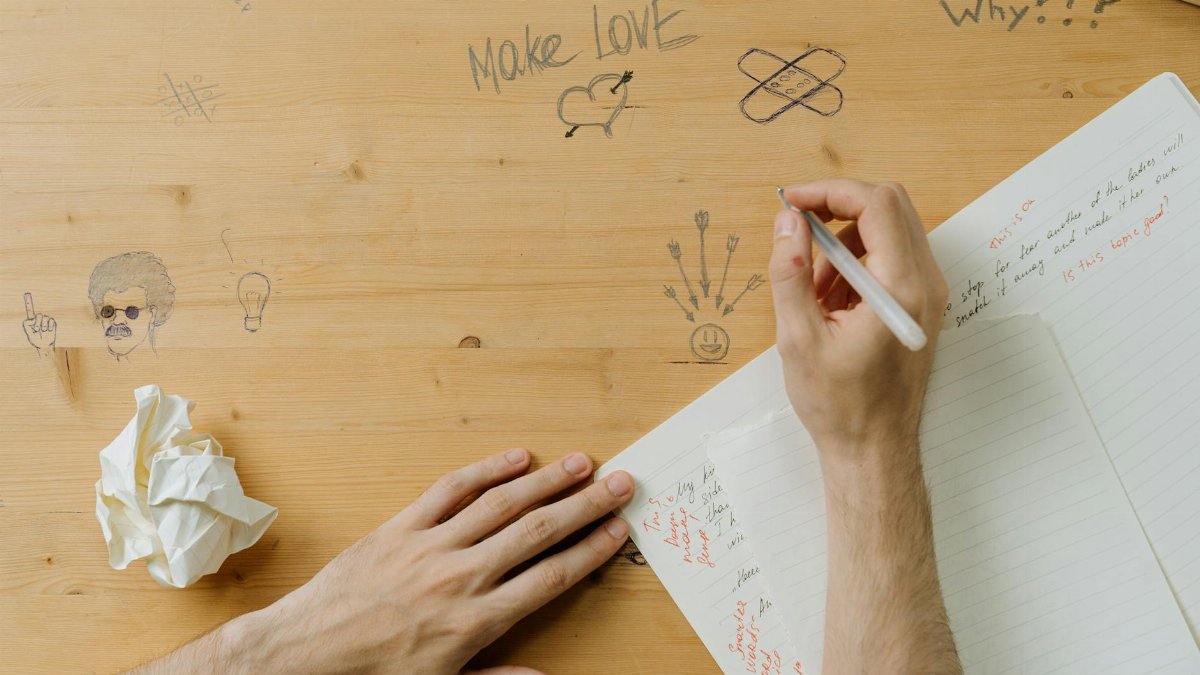Is workday reflection the simple fix for lingering work stress? For many Americans drowning in after-hours anxiety, it just might be. This quick mental practice—taking a moment to process the day’s wins and challenges—can close those nagging “mental tabs” before they spiral. With two targeted questions, workday reflection offers a practical way to detach from work and reclaim personal time. As stress levels climb in 2025, especially in high-pressure industries, this small habit is gaining traction as a mental health tool.
What Is Workday Reflection?

Workday reflection is a brief, intentional pause at the end of your workday to mentally process what happened. It’s not about overthinking or ruminating—it’s about clarity. By asking yourself specific questions, you can identify what went well and what needs improvement, then let it go. This practice helps separate work from home life, a growing challenge as remote and hybrid setups blur those lines for millions of U.S. workers.
Why Does It Matter?

Work stress doesn’t clock out at 5 p.m. According to the American Psychological Association, over 60% of U.S. adults report work as a significant stressor, often carrying it into personal hours ( APA Stress in America Report ). Workday reflection tackles this by creating a mental boundary. It’s a buffer that reduces anxiety and prevents burnout, especially for those juggling tight deadlines or heavy workloads in 2025’s fast-paced economy.
The Two-Question Method

This approach keeps it simple. First, ask: “What did I accomplish today?” Focus on one or two wins, big or small, to reinforce a sense of progress. Second, ask: “What can I do better tomorrow?” Pinpoint a specific area for growth without dwelling on failure. Answer honestly, then move on. This structure takes just 2-5 minutes but can shift your mindset from chaos to control.
How to Make It a Habit

Consistency is key. Set a reminder on your phone or tie workday reflection to an existing routine, like shutting down your laptop or leaving the office. Do it at the same time daily to build the habit. If writing helps, jot down your answers in a quick note or journal. The goal isn’t perfection—it’s showing up for those few minutes to reset your headspace.
Real Benefits Backed by Science

Reflection isn’t just feel-good fluff. Research from Harvard Business School shows that brief reflective practices can boost productivity and reduce stress by helping individuals process experiences more effectively ( Harvard Business Review ). For workers feeling overwhelmed, this method offers a way to regain focus and leave work baggage behind, improving sleep and personal relationships.
Who Should Try It?

Anyone with work-related stress can benefit, but it’s especially useful for high-stress roles like healthcare, tech, or education, where mental fatigue is rampant. If you find yourself replaying work conversations at night or dreading the next day, this two-question reflection can break that cycle. It’s a low-effort, high-impact tool for reclaiming mental peace in a culture that often glorifies overworking.
